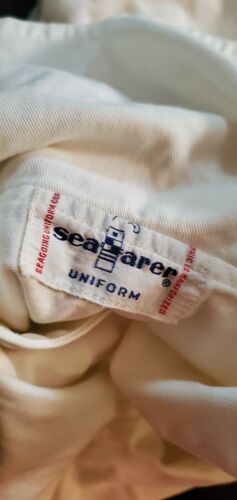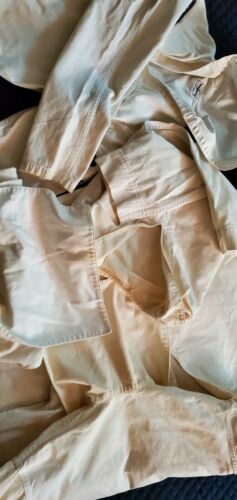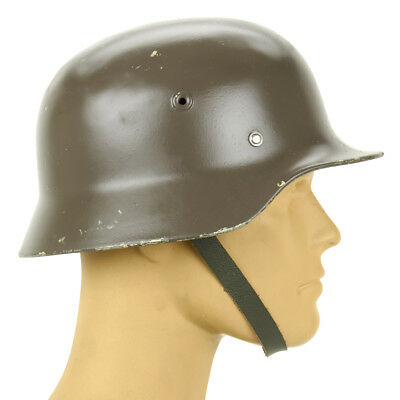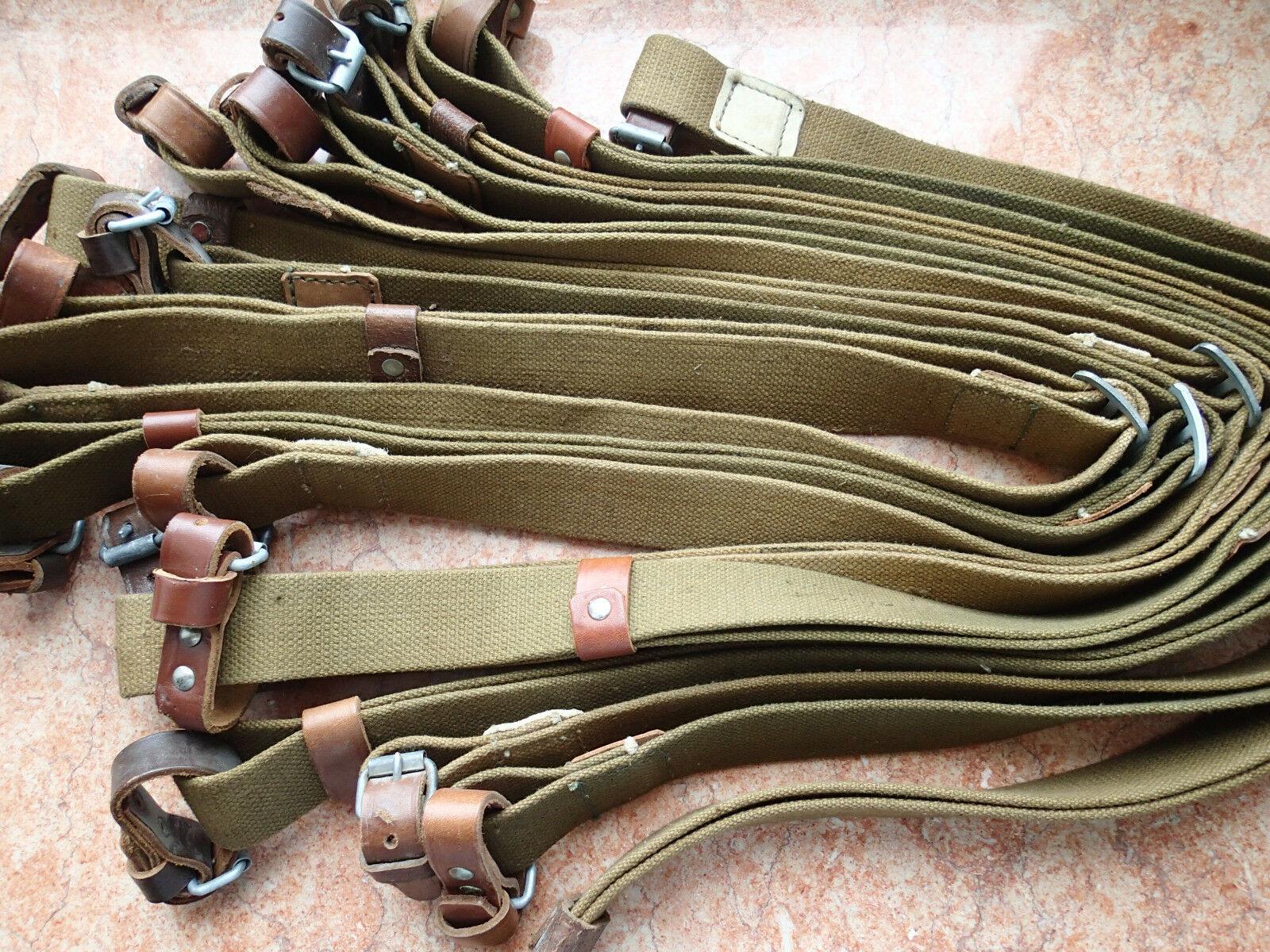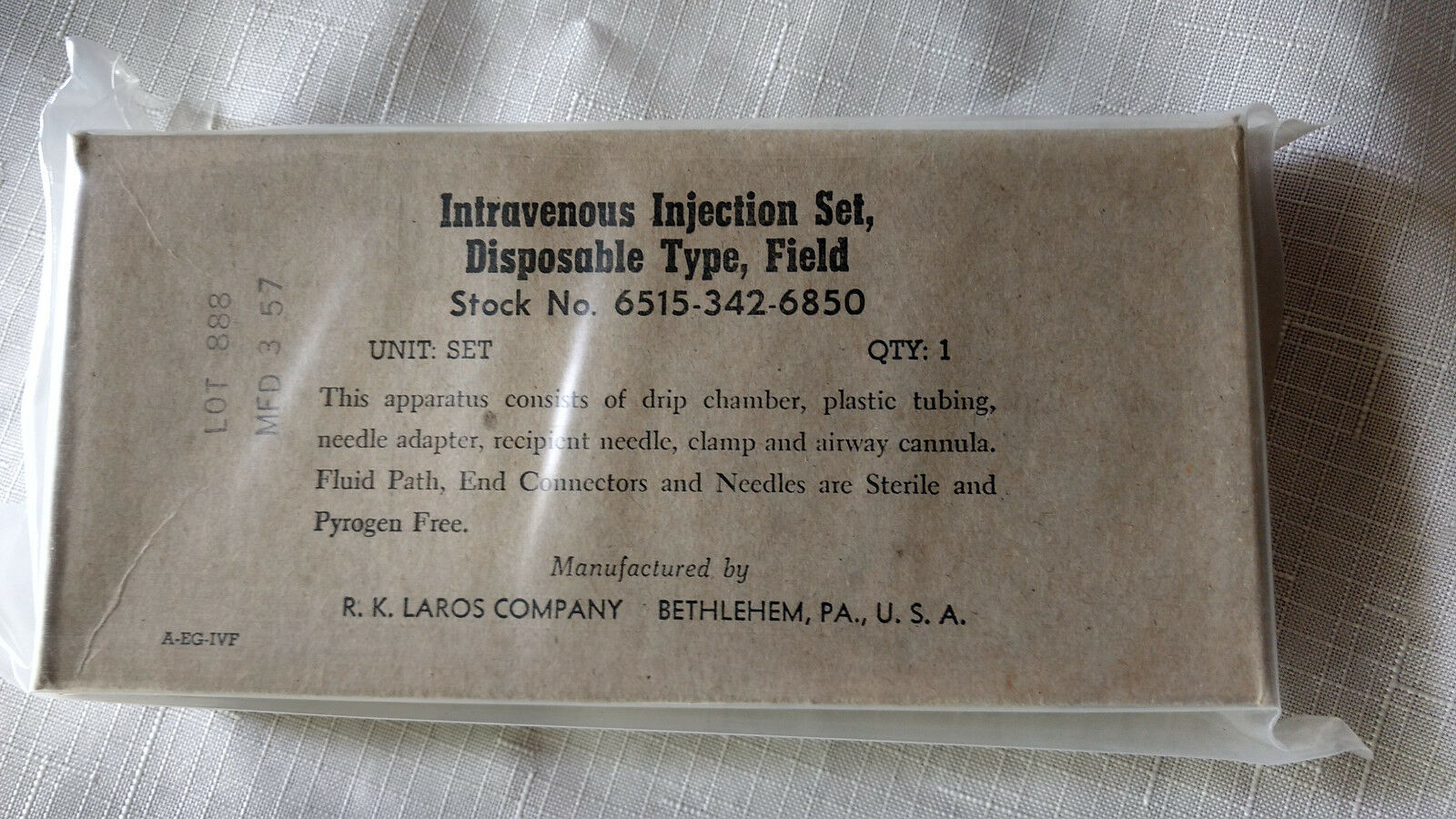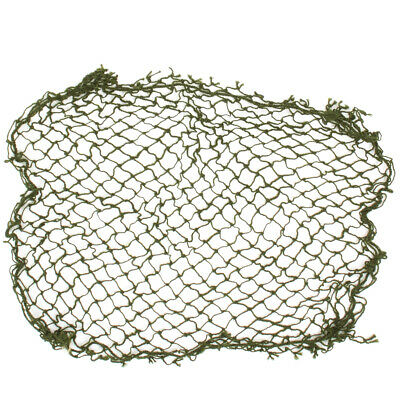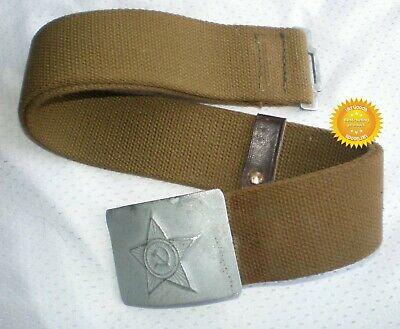-40%
VTG 1950's US Navy Sailor Cracker Jack Jumper White Uniform USS COURTNEY Convoy
$ 10.55
- Description
- Size Guide
Description
VTG 1950's US Navy Sailor Cracker Jack Jumper White Deck UniformsvLot USS COURTNEY Convoy1954 - 1958 Anti-Submarine Warfare Operation Argus. Original, authentic uniforms. Can be used as film / movie costumes.
These have many stains/flaws, not all are pictured. They were washed before boxing them for shipping, but should still be professionally cleaned and spot treated.
THIS LISTING IS FOR 5 Size 40A Seafarer SHIRTS. THE 5 PANTS ARE LISTED SEPARATELY.
The uniforms have been separated so more photographs can be shown if the items. eBay only allows 12.
Ships USPS Priority or FedEx Ground. I can combine shipping.
eBay automatically begins Unpaid Item Assistant after four days.
USS Courtney (DE-1021) was a Dealey-class destroyer escort of the United States Navy, in service from 1956 to 1973.
Namesake:
Henry A. Courtney, Jr.
Builder:
Defoe Shipbuilding Company
Laid down:
2 September 1954
Launched:
2 November 1955
Commissioned:
24 September 1956
Stricken:
14 December 1973
Homeport:
Naval Station Newport, RI
Class and type:
Dealey-class destroyer escort
Displacement:
1,877 long tons (1,907 t) full load
Length:
314 ft 6 in (95.86 m)
Beam:
36 ft 9 in (11.20 m)
Draft:
18 ft (5.5 m)
Propulsion:
2 × Foster-Wheeler boilers
1 × De Laval geared turbine
20,000 shp (15 MW)
1 shaft
Speed:
27 knots (31 mph; 50 km/h)
Range:
6,000 nmi (11,000 km) at 12 kn (14 mph; 22 km/h)
Complement:
170
Armament:
4 × 3 inch/50 caliber guns
1 × Squid ASW mortar
6 × 324 mm (12.8 in) Mark 32 torpedo tubes
Mark 46 torpedoes
Operations:
Operation Argus
Service history
Courtney was named for Marine Major Henry A. Courtney, Jr. (1916–1945), who was awarded the Medal of Honor posthumously for his heroism in the Battle of Okinawa. She was launched 2 November 1955 by Defoe Shipbuilding Company, Bay City, Mich., sponsored by Mrs. H.A. Courtney; commissioned 24 September 1956, Lieutenant Commander C.W. Coe in command; and reported to the U.S. Atlantic Fleet.
1957
Joining Escort Squadron 10 (CortRon 10) at Naval Station Newport, Rhode Island, 26 April 1957, Courtney operated from that port exercising in antisubmarine warfare and Convoy escort techniques in the British West Indies until 3 September. She arrived at Milford Haven, Wales, 14 September for maneuvers with ships of other NATO navies in the Irish Sea, visiting Plymouth, England, and Brest, France, before returning to Newport 21 October 1957 to resume local operations. She took part in hunter-killer exercises off North Carolina and in convoy exercises extending into the waters off Florida.
1958 to 1960
Courtney sailed from Newport 1 April 1958 and called at Reykjavík, Iceland, on the way to Bodø, Norway, to conduct exercises with ships of the Royal Norwegian Navy. She put into Antwerp, Belgium, and NS Argentia, Newfoundland, and returned to Newport 14 May.
From 7 August to 30 September she was involved in Operation Argus, conducting nuclear tests in the high atmosphere as part of Navy Task Force 88. After completion of the tests, she cruised to Rio de Janeiro, Brazil, from 15 to 19 September. Again cruising to South American waters from February through March 1959, she called at ports in Colombia, Ecuador, Peru, and Chile, and exercised with ships of the Colombian and Peruvian navies.
Operation Argus was a series of United States low-yield, high-atmosphere nuclear weapons tests and missile tests secretly conducted from 27 August to 9 September 1958 over the South Atlantic Ocean.[1][2] The tests were performed by the Defense Nuclear Agency.
The tests were to study the Christofilos effect, which suggested it was possible to defend against Soviet nuclear missiles by exploding a small number of nuclear bombs high over the South Pacific. This would create a disk of electrons over the United States that would fry the electronics on the Soviet warheads as they descended. It was also possible to use the effect to blind Soviet radars, meaning that any Soviet missile-based ABM system would be unable to attack the US counterstrike.
The tests demonstrated that the effect did indeed occur, but also revealed that it dissipated too rapidly to be very effective. Papers on the topic were published the next year, focussing on the events as purely scientific endeavors.



